The Most Productive Egg-Laying Chicken Breeds
There are many benefits to start raising chickens in your own backyard, but one of the most popular perks is the farm-fresh eggs. A coop full of happy, healthy birds can provide you and your family with delicious and nutritious eggs throughout the season.
A lot of different factors, including the type of chickens you own, influence how often your hens lay eggs. Check out these top choices if you want the most productive egg-laying chicken breeds in your coop.
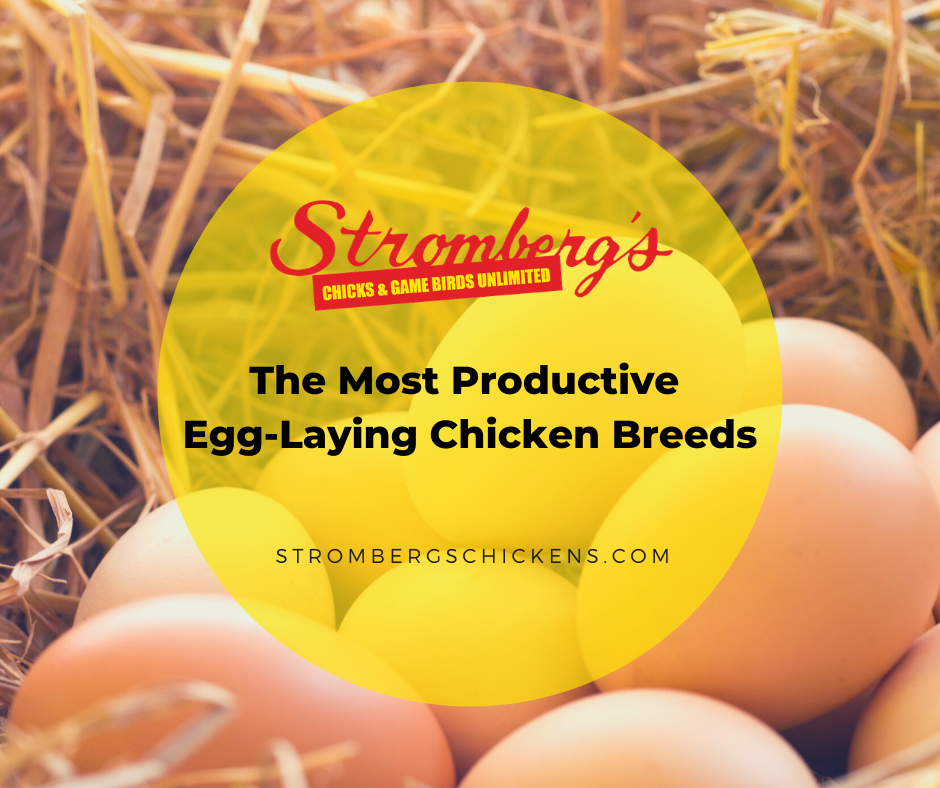
LEGHORN CHICKEN
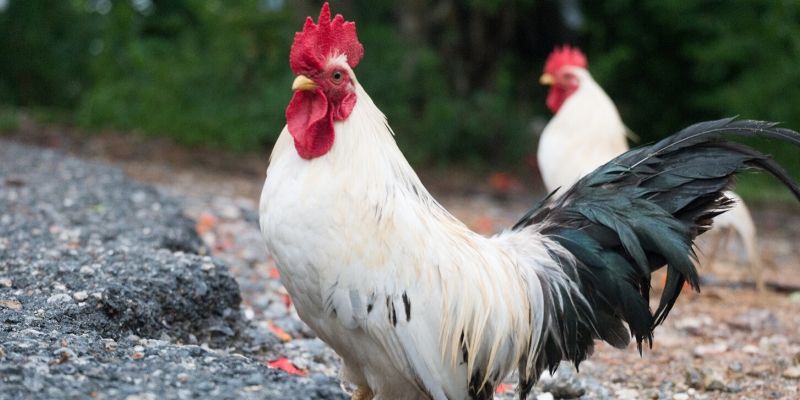
With white feathers and red plumage, leghorns are the picture-perfect chicken breed. These birds originally came from a port in Italy and have been popular in the United States since the 1800s. The town of Petaluma, California, even has an Annual Egg Day to celebrate the successful egg industry they built with leghorn chickens.
Leghorns tend to be nervous, flighty chickens, making them harder to tame. However, their ability to lay up to 300 white, medium-sized eggs per year more than makes up for their timid temperament.
RHODE ISLAND RED CHICKEN
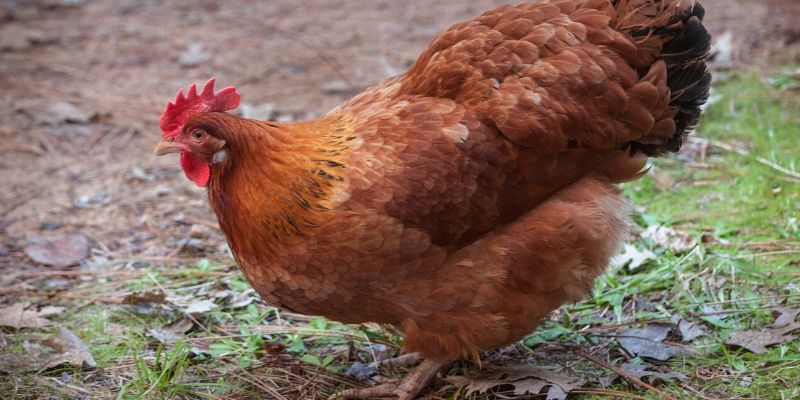
Rhode Island Reds, hailing from the state that inspired their name, are among the world's most renowned egg-laying breeds. Their rich, russet plumage and friendly temperament make them favorites in the farming community.
These intelligent and resilient birds are versatile, fitting comfortably into various experience levels among keepers. They consistently lay between 250 to 300 medium-sized brown eggs annually, showcasing their reliable productivity.
The breed offers both industrial and heritage varieties, with the former being more prolific egg layers and the latter serving as a 'dual-purpose' breed - suitable for both egg and meat production. This versatility, combined with their attractive appearance, cements the Rhode Island Red's status as one of the United States' significant contributions to poultry farming.
PLYMOUTH ROCK CHICKEN
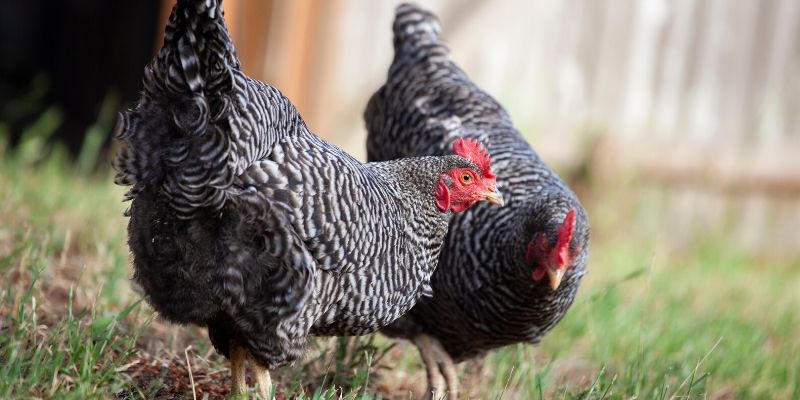
People once considered these birds to be mongrel breeds, but the Plymouth Rock found favor through their friendly temperament and egg-laying ability. They can even lay throughout the winter, making them particularly valuable for farmers. Plymouth Rock chickens are quite easy to tame, and they enjoy a free-range environment. A healthy Plymouth Rock hen produces around 200 to 250 medium, light brown eggs a year.
No matter what breed you choose or why you start raising chickens, Stromberg’s Chickens is here to support your chicken-keeping journey. We’ve got live birds, chicken brooders, and anything else you might need to have a successful flock.
ORPINGTON CHICKEN
The Orpington chicken breed, hailing from Britain, has become a favored choice among egg-laying chicken breeds. Known for its docile nature, ease of raising, and unique colors ranging from buff to black, blue, white, and lavender, the Orpington is a notable player in the arena of best egg-laying chicken breeds.
Its appeal stretches beyond its visual charm, as this chicken breed boasts significant egg production potential, laying over 200 fresh eggs annually. However, be mindful of their broodiness; these hens often prefer incubating their eggs over continuous egg laying.
RED STAR CHICKEN
Red Star chickens are the offspring of two different chicken breeds. They have established their reputation as one of the best egg laying chicken breeds, notably for their high egg yield.
These hybrid hens are acclaimed for their outstanding egg production capacity, laying an impressive 300 fresh eggs annually. This makes them an ideal breed for those focused on egg production.
AUSTRALORP CHICKEN
Known for its shimmering black and green plumage, the Australorp chicken breed, of Australian origin, stands out among the best chicken breeds. It's not only their appearance that draws attention but their extraordinary egg laying capabilities.
These chickens have broken records with their egg production - a remarkable 364 eggs within a year. This impressive feat contributes to their popularity in raising backyard chickens for prolific egg laying.
SPECKLED SUSSEX CHICKEN
The Speckled Sussex is another chicken breed from Britain. It is known for its captivating beauty thanks to sporting unique speckled feathers and calm demeanor. This breed represents a perfect balance of beauty and productivity.
The Sussex hens, which can lay up to 260 brown eggs annually, are a fantastic addition to a backyard flock. However, their constant chatter might not be suitable for urban settings, despite being one of the best egg laying chicken breeds.
FACTORS THAT AFFECT CHICKEN EGG-LAYING POTENTIAL

Here are the main factors that affect a chicken’s egg-laying potential:
Age
A chicken's age greatly influences its egg-laying potential. With each passing year, there's typically a 20% decrease in the volume of eggs produced. Older birds naturally lay fewer eggs as their reproductive systems age. This unavoidable factor impacts the producing eggs performance within your chicken coop and is the reason why most commercial layers are replaced after their first or second laying cycle.
Breed
The breed of a chicken significantly impacts its egg-laying capability. Some of the best chicken breeds, such as Rhode Island Red and Sussex, are prolific layers, while others, like the Orpington, are known for their broodiness. Hence, understanding the genetic predisposition of a chicken breed towards egg production is key when selecting poultry for egg-laying purposes in your chicken coop.
Nutrition and Husbandry
Optimal nutrition and husbandry practices play a critical role in the egg-laying capacity of chickens. To maintain consistent egg production in your chicken coop, hens require a diet rich in protein - around 20 grams daily. Balanced nutrition and proper care, including regular health checks and pest control, are crucial to sustaining the best egg-laying performance.
Flock Size
The size of the backyard flock can also affect egg production. Larger flocks often have higher production rates. This is mainly due to the social nature of chickens - they are communal birds and thrive in groups within their chicken coop. However, overcrowding can lead to stress and reduced productivity, so it's important to balance backyard flock size with available space and resources.
Environment and Daylight Exposure
The environment, particularly daylight exposure, directly affects a chicken's egg-laying ability. Chickens require a minimum of 14 hours of daylight to stimulate egg production. This physiological need means that during winter months, when daylight hours decrease, egg production in the chicken coop often dwindles. Providing artificial light in the coop during shorter days can help maintain egg production.
TIPS TO KEEP YOUR EGG LAYERS HEALTHY

These are the top tips to keep your best egg-laying chickens healthy and productive:
Coop Cleanliness
Maintaining a clean environment is crucial for the health of your hens. An immaculate coop, especially nesting boxes, can deter harmful bacteria and pests, reducing the risk of infections and diseases that can impair the best egg-laying chickens' ability to produce good egg size.
Balanced Diet
Feeding your best egg-laying chickens a high-quality layer-specific feed can bolster their ability to lay eggs. This can be supplemented with wholesome treats and kitchen scraps to provide additional nutrition, keeping egg size optimal. Remember, a balanced diet is critical for maintaining the health and productivity of your egg-laying flock.
Pest Control
Keeping your coop free from pests such as rodents, flies, sparrows, and starlings is essential. These creatures consume the chicken food and carry diseases and parasites that could threaten the health of your best egg-laying chickens, affecting their egg size.
Flock Freedom
One key to keeping your egg-laying chickens healthy is to provide them with ample free-range opportunities. This approach allows your birds access to fresh greens and insects, enriching their diet and enabling them to exercise, enhancing their overall well-being and ability to lay eggs.
Constant Clean Water Supply
Ensuring a consistent supply of clean water is paramount, particularly during periods of extreme weather or stress. Egg-laying chickens can quickly become dehydrated in very hot or freezing conditions, which could adversely impact their health and their capacity to lay eggs, affecting the egg size.
Dust Baths
Dust baths are a natural way for chickens to combat parasitic insects. Providing a dust bath area where your egg-laying chickens can enjoy this instinctual behavior helps them maintain their feather health and can significantly reduce the incidence of external parasites, thereby promoting the best egg laying.
Weather Precautions
Extreme heat or cold can be distressing for your egg-laying chickens and negatively impact egg production, including the size of the brown eggs they lay. Implement measures to safeguard your flock's comfort during such weather conditions, including providing shade or warmth as necessary.
Entertainment
Chickens need mental stimulation to prevent boredom and deter aggressive behaviors like pecking. Utilize chicken toys such as flock blocks, treat balls, and chicken swings to keep your egg-laying hens occupied and harmonious, promoting the best egg laying.
Predator Protection
Ensuring your flock's safety from predators is a top priority. Investing in secure fencing and proper nighttime housing can significantly reduce the risk of predator attacks, thereby protecting your best egg laying chickens.
Weekly Checks
Regular health checks, ideally once per week, are crucial for early detection of any health issues. Examine each chicken for signs of illness or injury and take swift action if any abnormalities are found. These proactive measures can significantly improve the well-being and productivity of your egg-laying flock, boosting their ability to produce the best size of brown eggs.
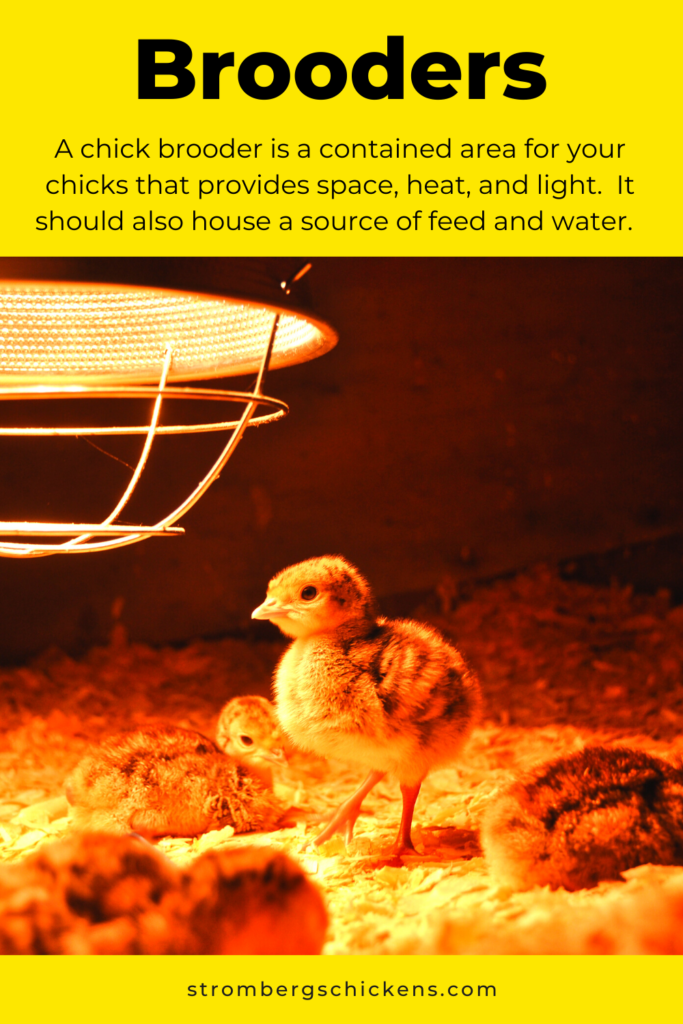
Which of the most productive egg-laying chicken breeds is your favorite? Let us know in the comments below!

